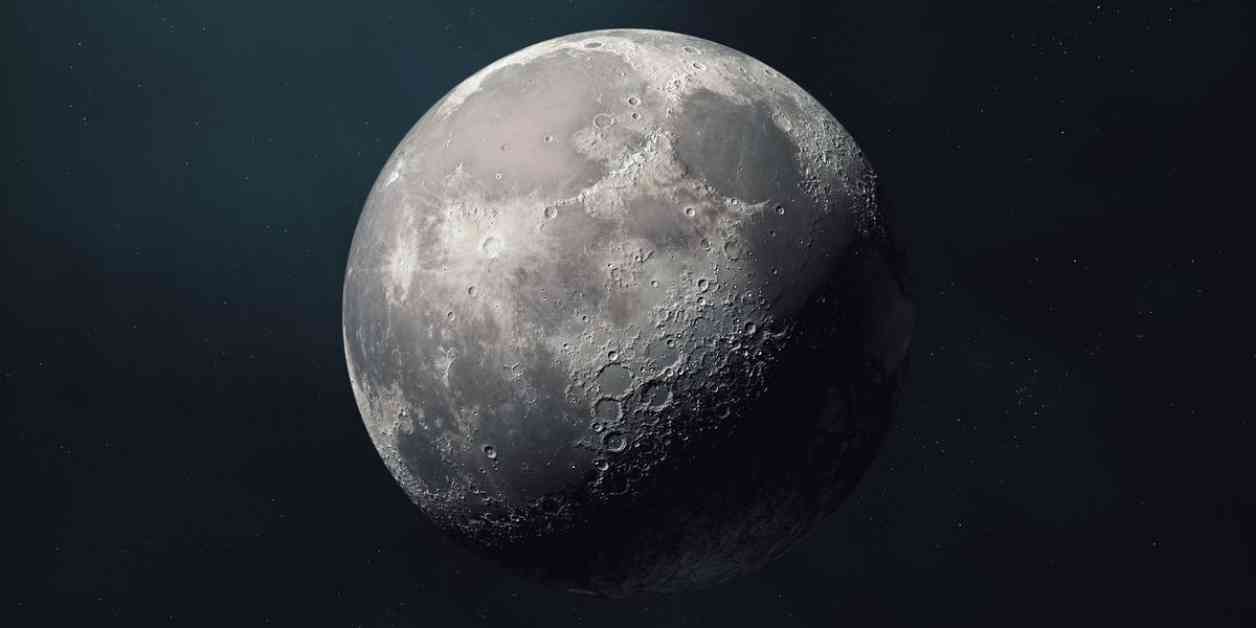The Moon, a familiar sight in the night sky, is actually drifting away from Earth, according to scientists. This new discovery is reshaping our understanding of the relationship between our planet and its natural satellite. As the Moon moves further away from Earth at a rate of 3.82 centimeters per year, it is gradually lengthening the average day on our planet. In fact, Earth days could last 25 hours in around 200 million years.
A recent study conducted by researchers at the University of Wisconsin-Madison focused on analyzing rock formations that are 90 million years old. Through this analysis, they were able to gain insights into the interactions between Earth and the Moon 1.4 billion years ago. Professor Stephen Meyers, a geoscience expert at the university, likened Earth’s relationship with the Moon to that of a figure skater slowing down as they extend their arms.
The researchers’ goal was to use astrochronology to create accurate geological time scales that can be applied to ancient rocks dating back billions of years. This approach allows scientists to study ancient geological processes in a manner similar to how modern processes are studied.
In addition to the Moon’s drifting phenomenon, recent discoveries have also shed light on hidden secrets buried beneath the Moon’s surface. China’s space program has unearthed structures that hold clues to the Moon’s history, providing valuable insights into its past.
These groundbreaking discoveries are revolutionizing our understanding of the Moon and its impact on Earth. By delving into the mysteries of our celestial neighbor, scientists are uncovering a wealth of information that could reshape our knowledge of the universe. As we continue to explore the wonders of space, new revelations are sure to emerge, offering fresh perspectives on the cosmic relationships that shape our world.












